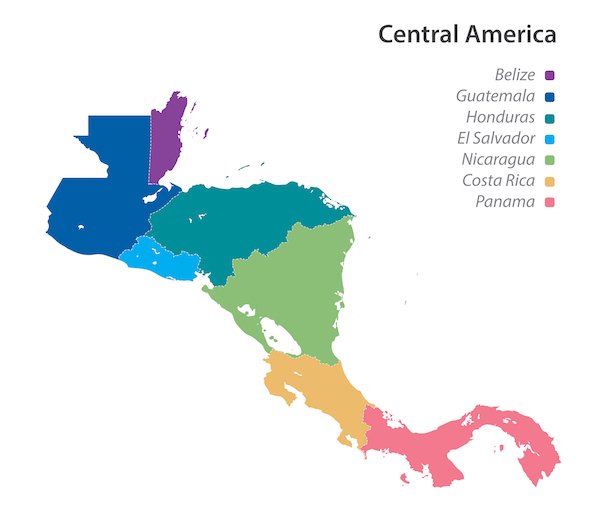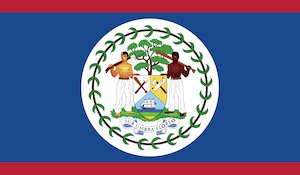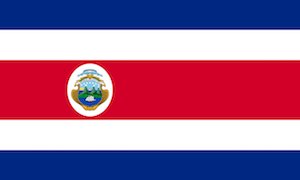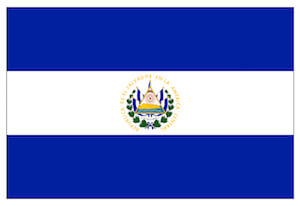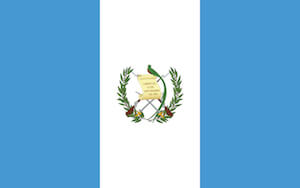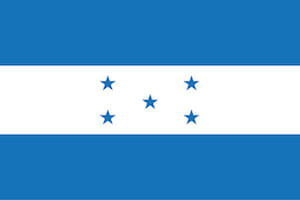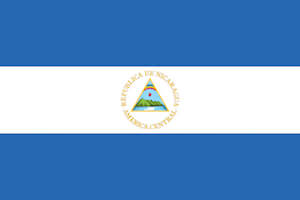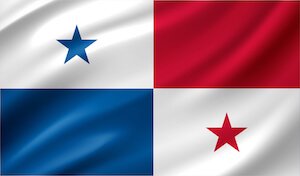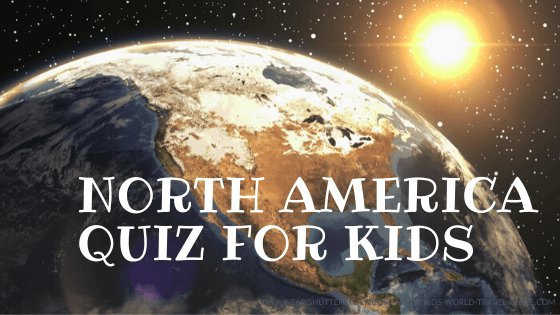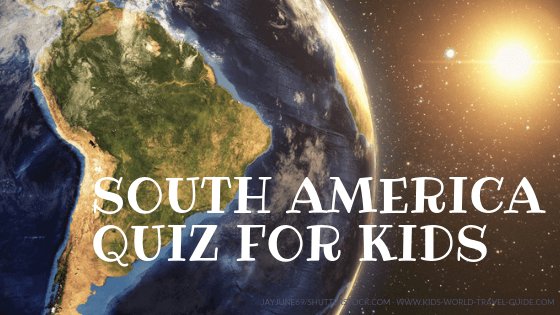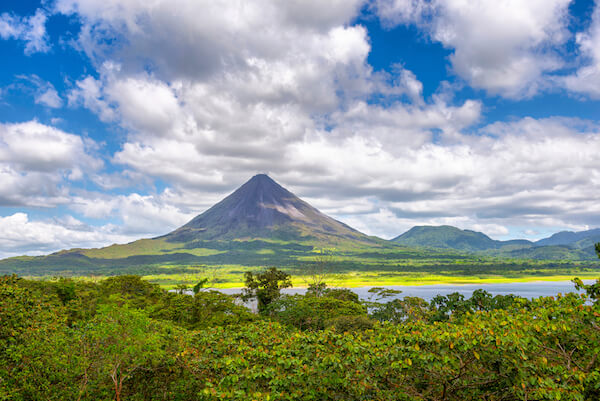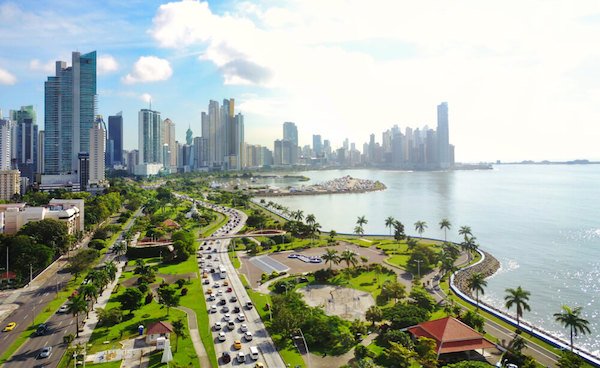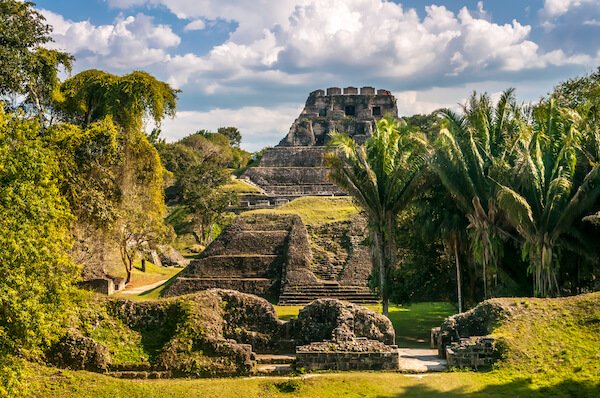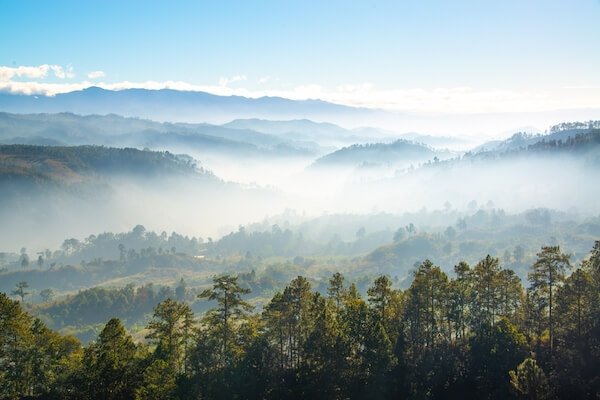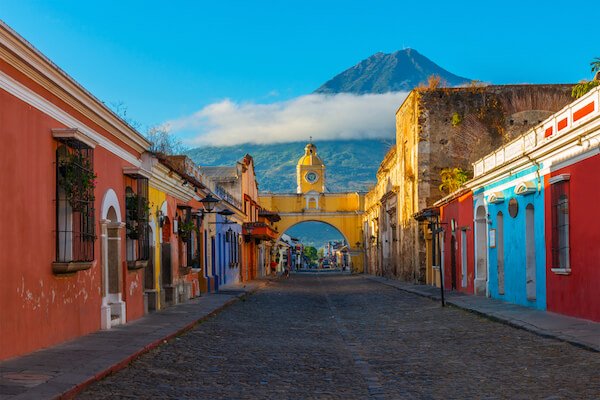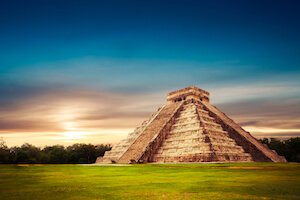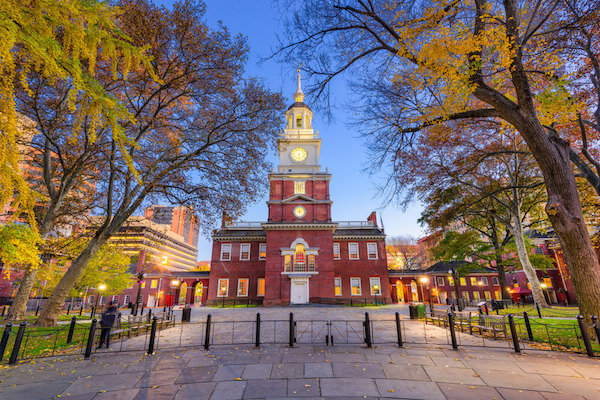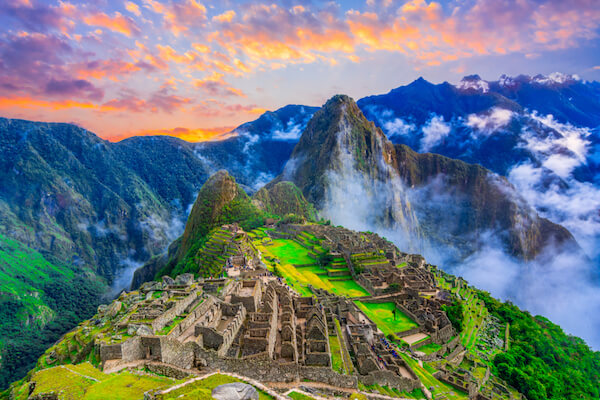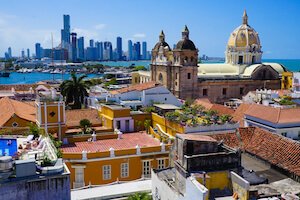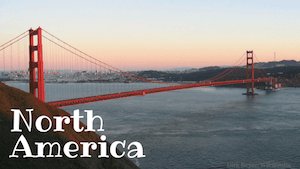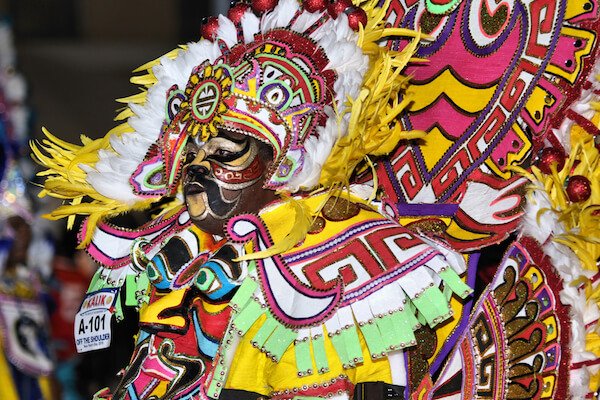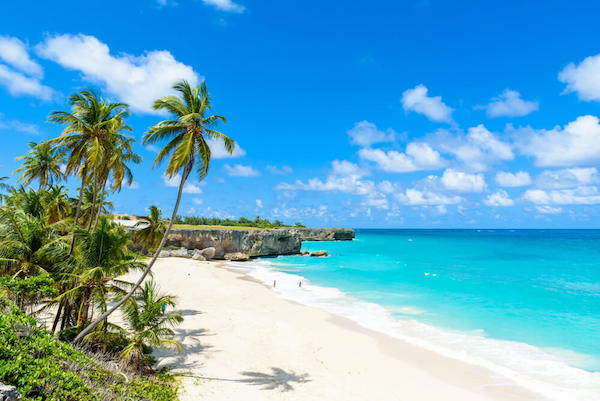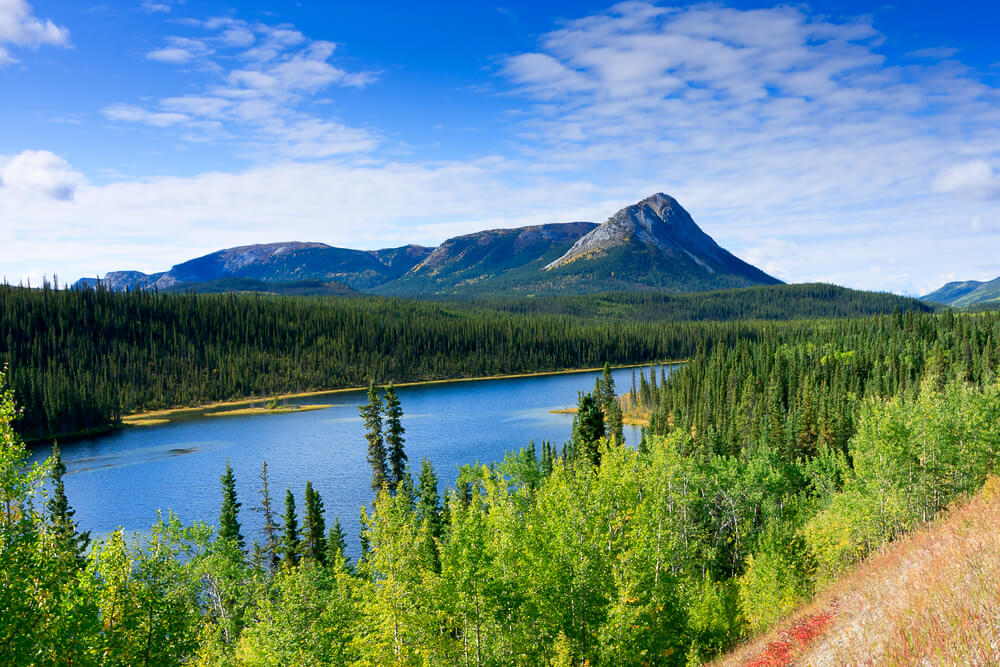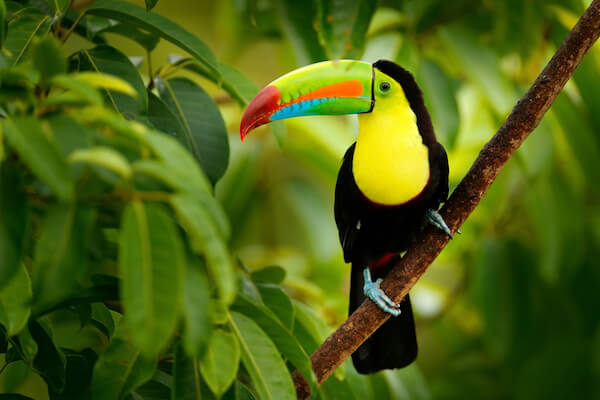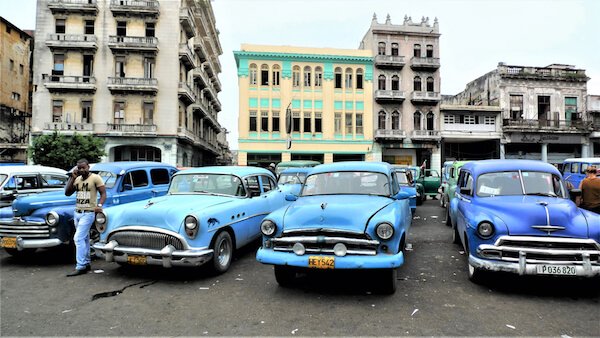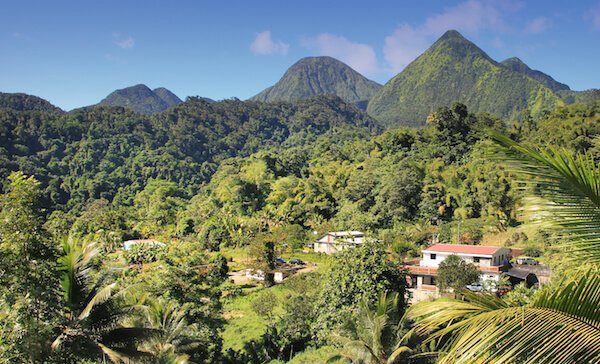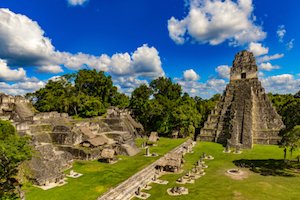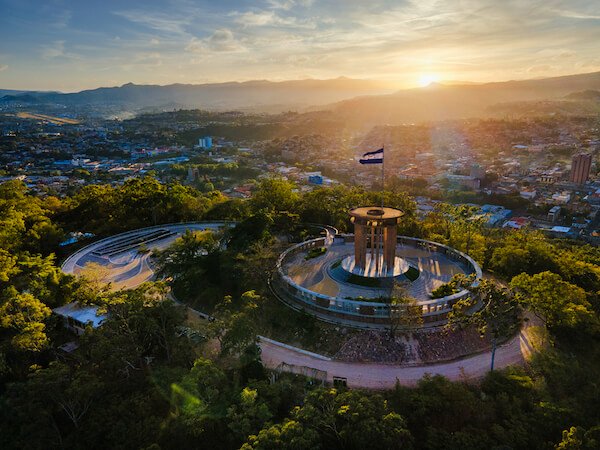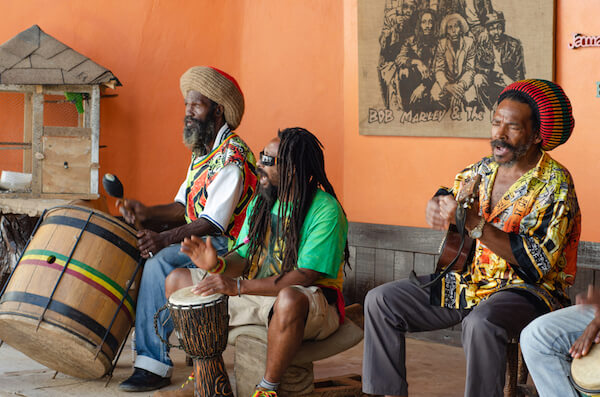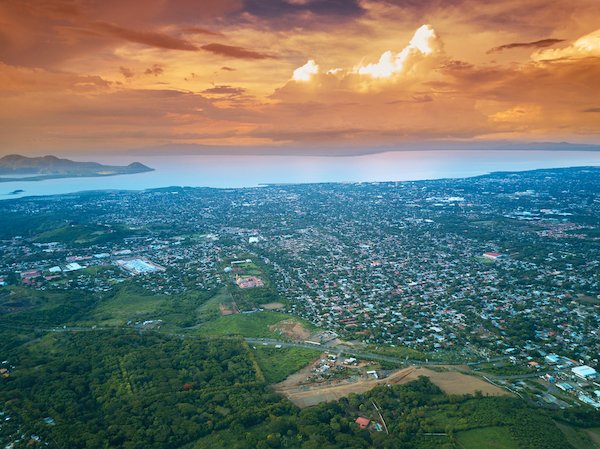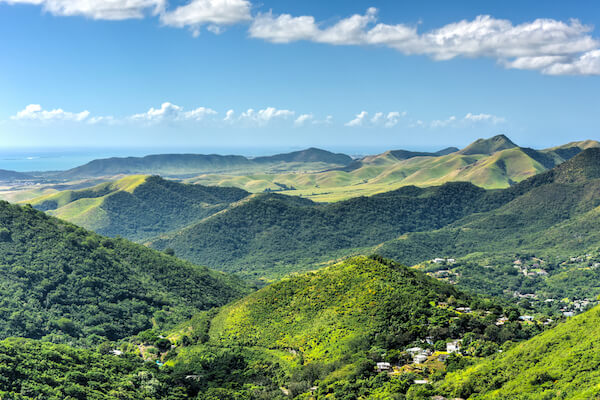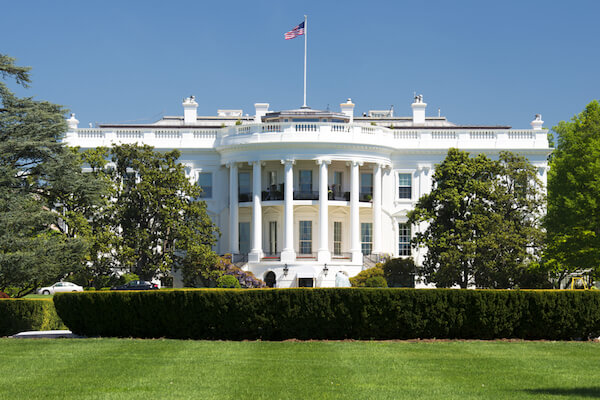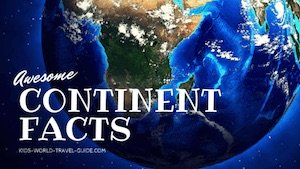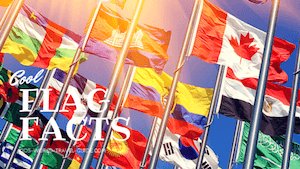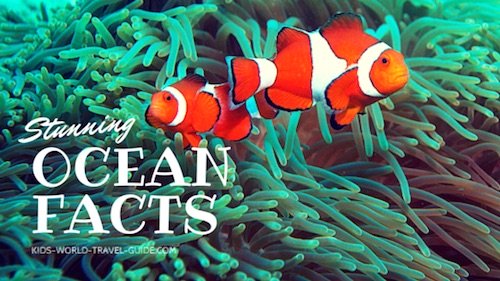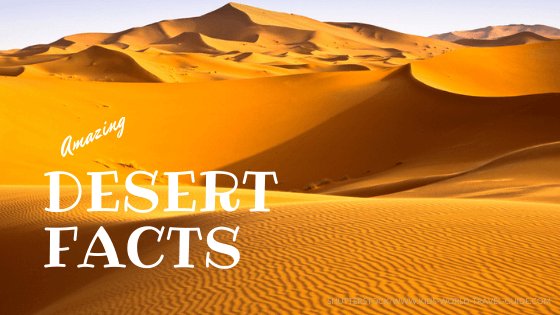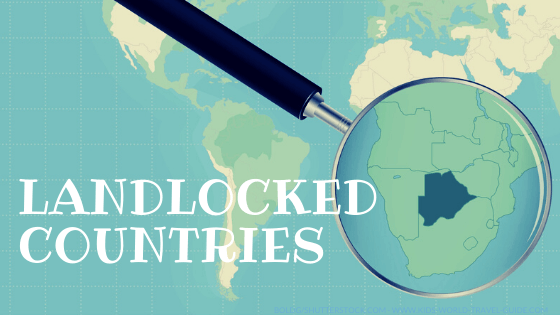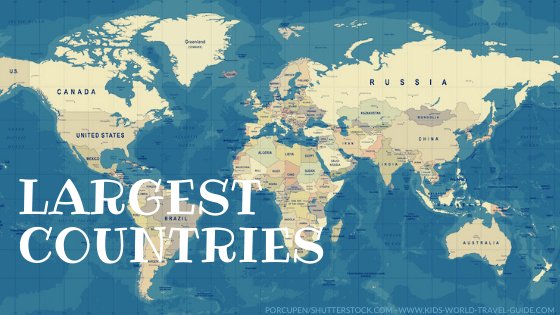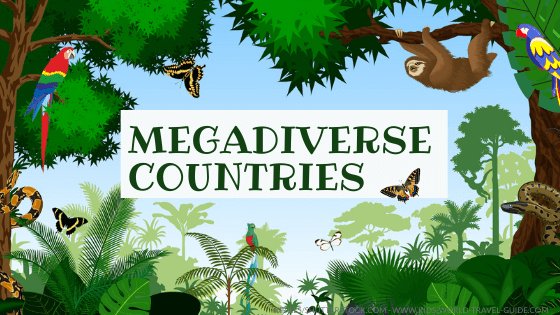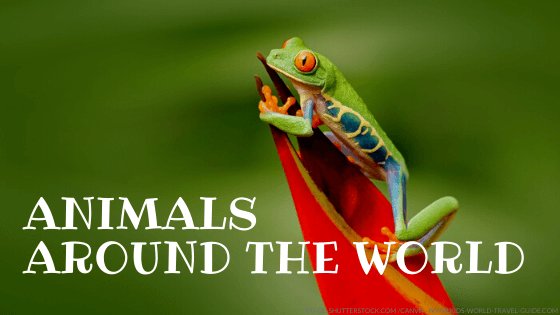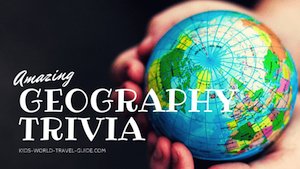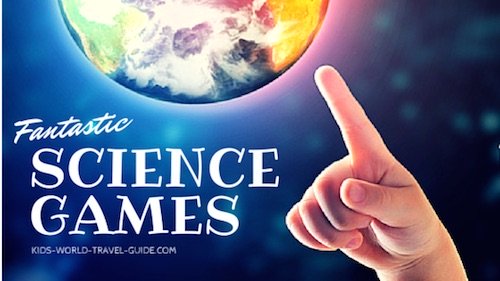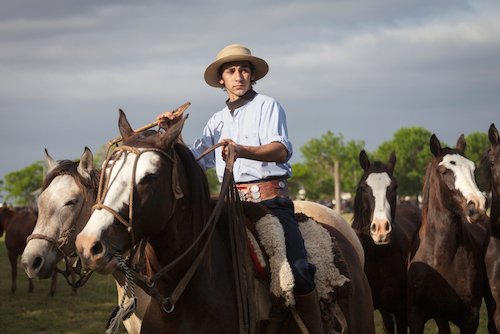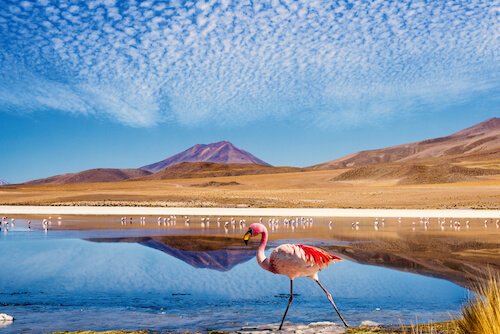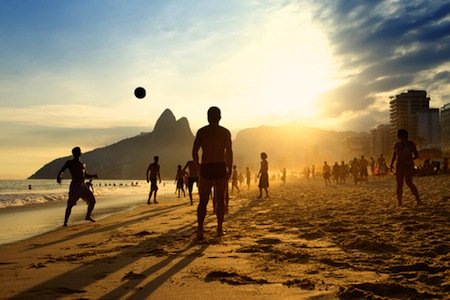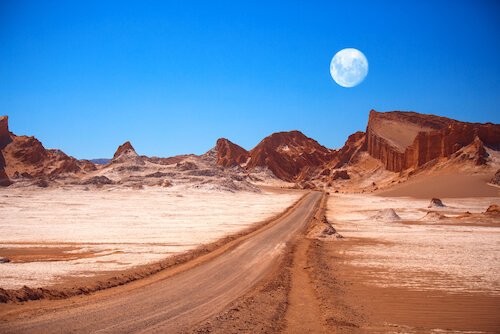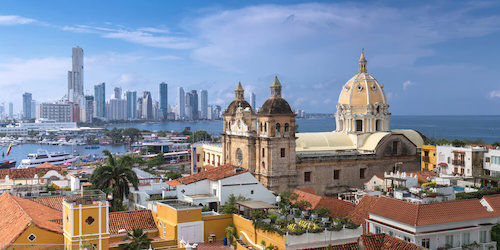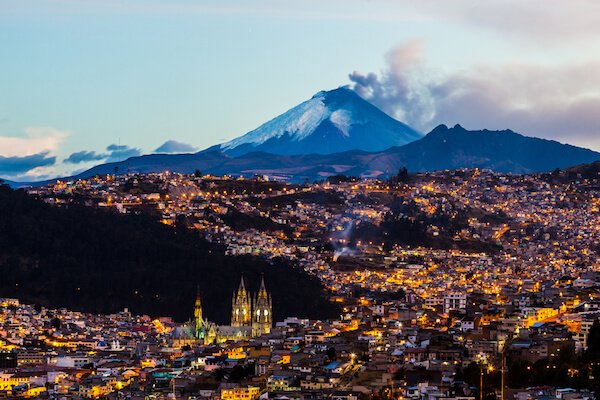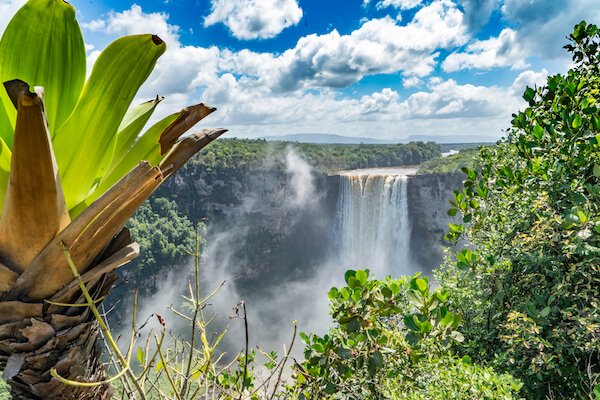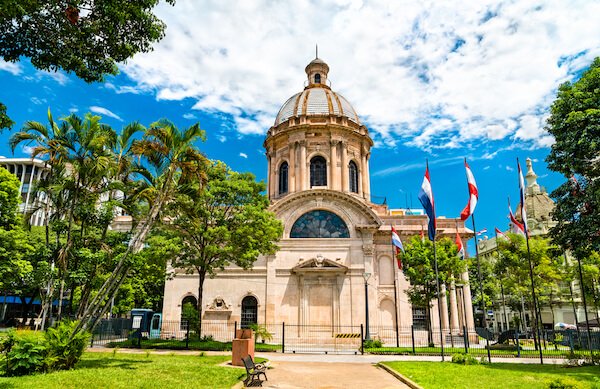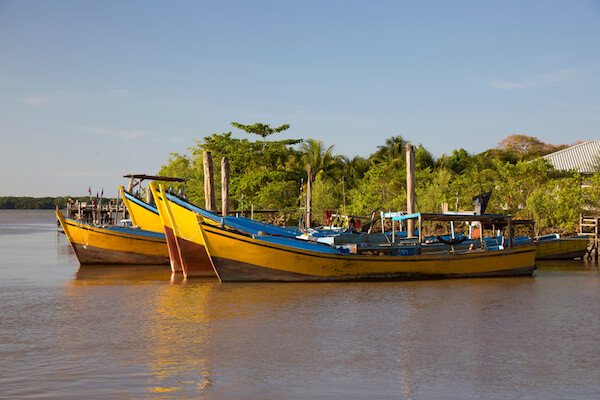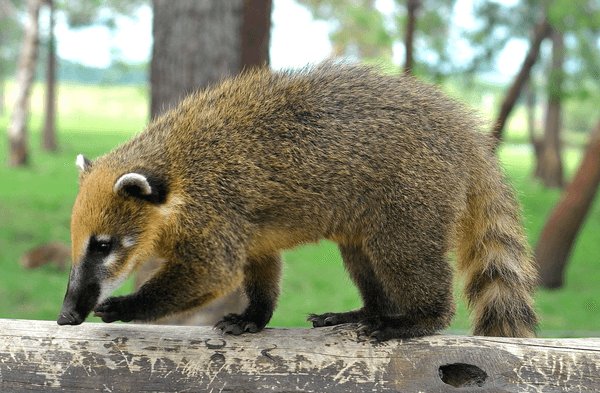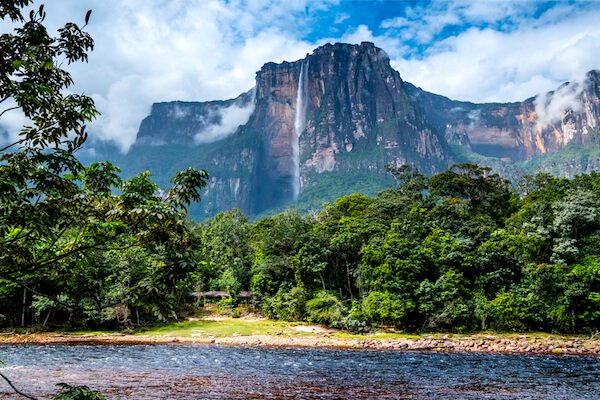- Homepage
- North America
- Central America
Central America Facts
Our Central America Facts for Kids provide lots of interesting and fun facts on this region in the Americas.
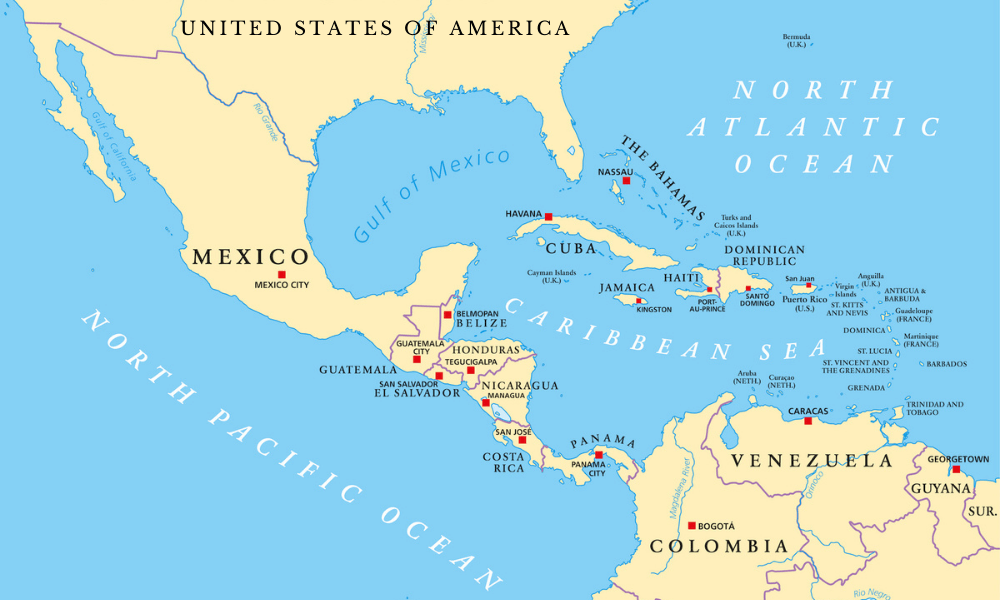 Map of Central America
Map of Central AmericaTop 25 Central America Facts
1. Central America is a region in the Americas. This region is usually described as a land bridge or isthmus between the North American and the South American continents.
The Americas are often separated into three regions: North America, Central America and South America.
However, keep in mind that when talking about continents, we usually speak about North American continent and the South American continents and Central America is usually referred to as a region belonging to the major part to the North American continent.
2. Central America borders the Pacific Ocean and the Caribbean Sea of the Atlantic Ocean.
El Salvador only borders the Pacific while Belize only borders the (Caribbean Sea) Atlantic Ocean.
Please note that sometimes the Caribbean islands are included in Central America country listings too.
3. There are 7 countries in Central America. Click on the flags to learn more about these countries:
The Central American countries Belize and Guatemala border Mexico while Panama is considered a transcontinental country and borders Colombia that is a country belonging to the South American continent.
4. Largest Country: Nicaragua.
Nicaragua is slightly larger than the state of Pennsylvania/USA or slightly smaller than Greece or about double the land area of Sri Lanka.
5. Smallest Country: El Salvador.
El Salvador is about the same size as the state of New Jersey in the USA or a bit larger than Slovenia or double the size as Lebanon.
6. Largest Capital City: Guatemala City in Guatemala.
The largest capital city of the region is Guatemala City with a population of 3 million people.
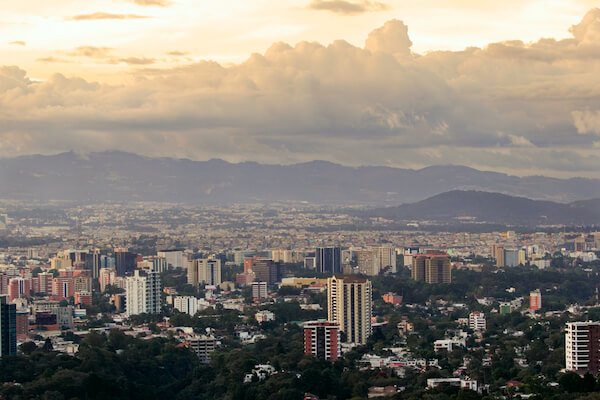 Guatemala City
Guatemala City7. The capital cities of the seven countries are:
- Nicaragua: Managua
- Honduras: Tegucigalpa
- Guatemala: Guatemala City
- Panama: Panama City
- Costa Rica: San José
- Belize: Belmopan
- El Salvador: San Salvador
8. The northernmost country of Central America is Belize, the southernmost country is Panama. The southernmost point of continental North America is Punta Mariato in Panama.
However, the southernmost point of Central America is off the mainland and is called Cocos Island. This island belongs to Costa Rica. Cocos island is located about 550 km/ 342 miles to the southwest of the country in the Pacific Ocean.
 Cocos Island
Cocos Island9. A mountain chain runs the length of Central America from Mexico to Panama. The longest mountain chain with the highest mountains is the Sierra Madre de Chiapas. This mountain chain crosses Guatemala, El Salvador and Honduras.
10. Volcanoes: The region is often affected by natural disasters due to volcanic activities, earthquakes and tropical storms and hurricanes.
More than 200 volcanic eruptions took place in the Central American region in the last thirty years. The most active volcanoes are located in Guatemala and in northwestern Costa Rica where the Arenal volcano is located.
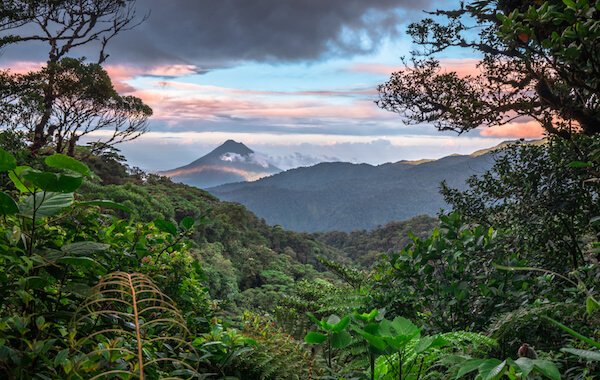 Arenal volcano in Costa Rica
Arenal volcano in Costa RicaThe recent eruption of Volcano of Fire called "volcán de fuego" in Guatemala spewed gas and ash in June 2025 and led to the evacuation of several villages near the volcano.
11. Highest Mountain: Tajumulco in Guatemala.
The highest mountain in Central America is a volcano called Tajumulco in Guatemala. Volcán Tajumulco is 4220 m/ 13,845 ft high.
12. Biggest Lake: Lake Nicaragua.
Lake Nicaragua in Nicaragua is the largest lake in Central America.
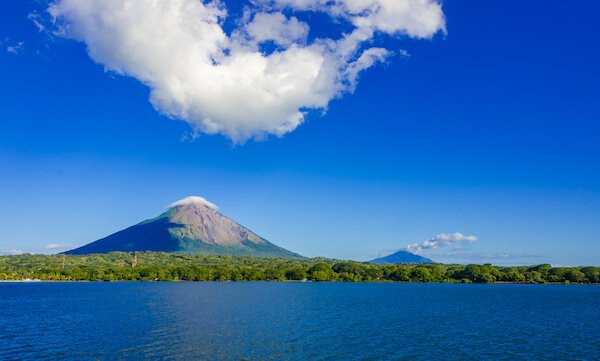 Lake Nicaragua with Isla de Ometepe
Lake Nicaragua with Isla de Ometepe13. Biggest Island: Isla de Ometepe (Spanish and Nahuatl, meaning: Island of the two mountains) in Lake Nicaragua is the world's largest island in a freshwater lake. The island is formed by two volcanoes.
More Central America Facts
14. Population of Central America: There are about 51 million people in Central America (2025).
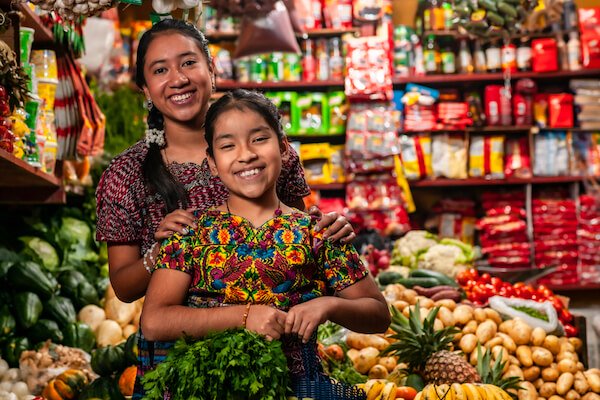 Smiling Guatemalans
Smiling GuatemalansGuatemala is the most populous country with more than 18 million people. Most of the people in the region live in rural areas, in the fertile mountain valleys and along the coastline.
Belize is the least populated country in Central America with a population of under one million people.
15. People of Central America: Amerindian ethnic groups dominated in the area until the colonisation. Mayans and Aztecs Mayan population still accounts for about half of the Guatemalan people and the Mayan language is still spoken by a third of the population in Guatemala. This country also recognises 21 Mayan languages.
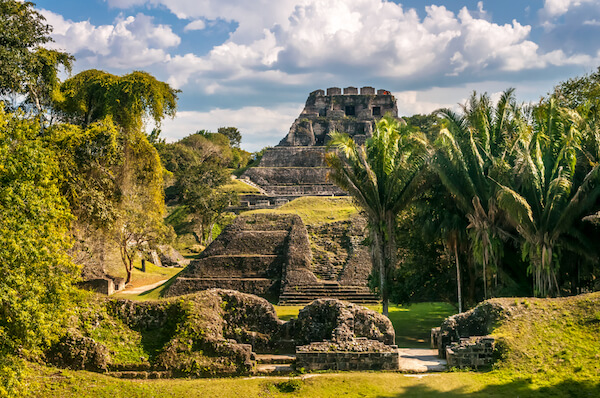 Xunantunich Mayan ruins in Belize
Xunantunich Mayan ruins in Belize16. The largest cities in Central America are:
- Guatemala City/ Guatemala
- Panama City/ Panama and
- San José in Costa Rica
17. Languages in Central America: The main languages of the region are Spanish and English as well as many local languages. Spanish is the most spoken language in the region with more than 85% of the population in El Salvador, Honduras, Nicaragua, Costa Rica and Panama speaking Spanish.
18. The official language in Belize is English, as Belize once was a British colony. Belize only gained independence from the UK in 1981. This country was the last to gain independence in Central America.
19. Religion: The main religion is Christianity (95%). Most people in the region are Roman Catholics but there are also larger numbers of protestants and followers of other Christian faiths. The Cathedral of the Assumption of the Blessed Virgin Mary in León/ Nicaragua is the largest church in Central America.
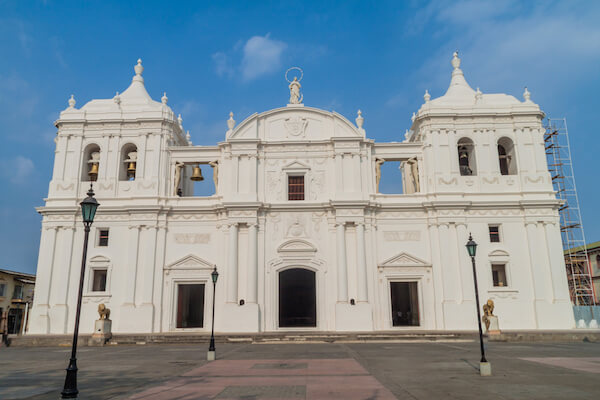 Cathedral of León in Nicaragua
Cathedral of León in NicaraguaCentral America Facts
Landmarks and Attractions
20. Attractions and major landmarks in Central America include:
- Belize: Great Blue Hole is a marine sinkhole in the Lighthouse Reef about 70 km/ 43 miles off the Belize coastline. This round-shaped hole is about 124 m deep/ 407 ft. and is popular with scuba divers.
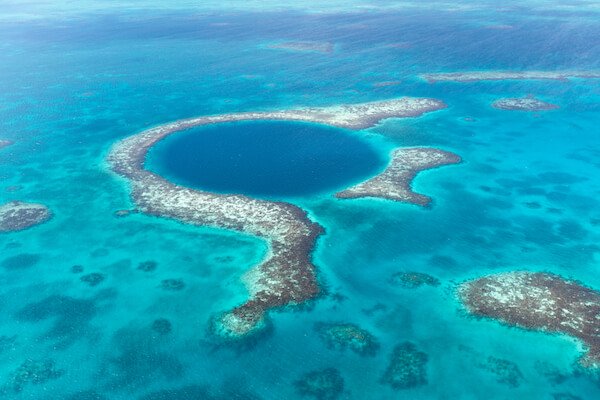 Belize's Blue Hole
Belize's Blue Hole- Maya ruins and colonial towns
- Guatemala’s volcanic Lake Atitlan and the pools at Semuc Champey
- Nicaragua’s rainforest which is the largest in the Western Hemisphere
- Panama’s cloud forest and the Panama canal
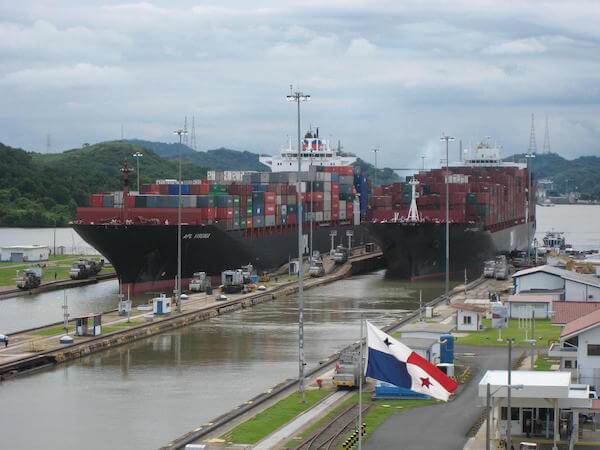 Panama Canal
Panama CanalThe Panama Canal is an artificial waterway that is 82 km/ 51 miles long. It connects the Pacific Ocean with the Atlantic Ocean. The canal was first opened in 1914 and was further extended in 2016. It now has three sets of locks and there are artificial lakes and a reservoir.
and so many more attractions to visit... we will upload more here soon!
Central America Facts
Wildlife and Biodiversity
21. Animals: In Central America there are tapirs, piranhas and anacondas and many other animals. The toucan is also unique to the Americas and endemic in Central America. The birds with the colourful bills live in hollow trees in the tropical rainforests.
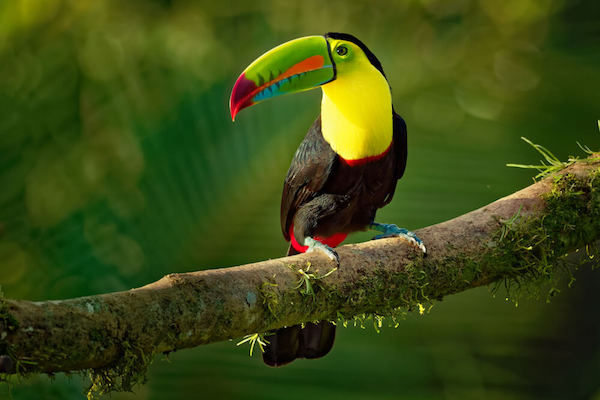 Toucan bird
Toucan bird22. Biodiversity: Costa Rica is a megadiverse country and has the highest biodiversity of the Central American countries with over 13,000 species and especially high numbers of Amphibian and reptile species.
23. However, Belize is the country in the region with the most well protected natural territory as about 40% of the country have official protected status. The Belize Barrier Reef is one of the most diverse ecosystems in the world and the second largest barrier reef in the world.
Central America Facts | Economy
24. Economy: Guatemala has the largest economy of the Central American countries.
The most important agricultural produce and natural resources of the region are coffee (El Salvador), bananas (Honduras), bananas and pineapples (Costa Rica) or Palm oil (Guatemala).
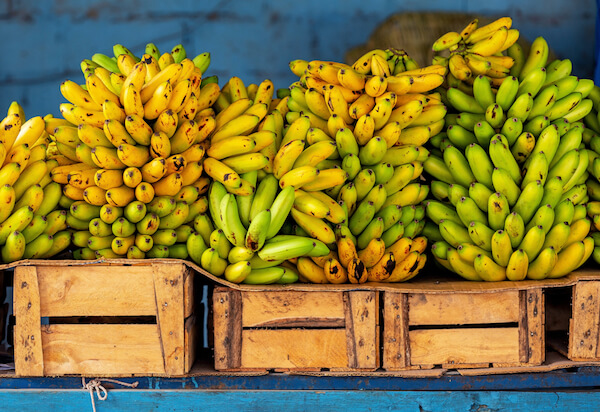 Bananas
Bananas25. Main natural resources in Central America are minerals such as iron ore (used to make steel) or nickel and agricultural produce such as bananas, coffee, sugar, cocoa and seafood/fish. Timber is an important export product too.
Test your Knowledge
Popular Pages
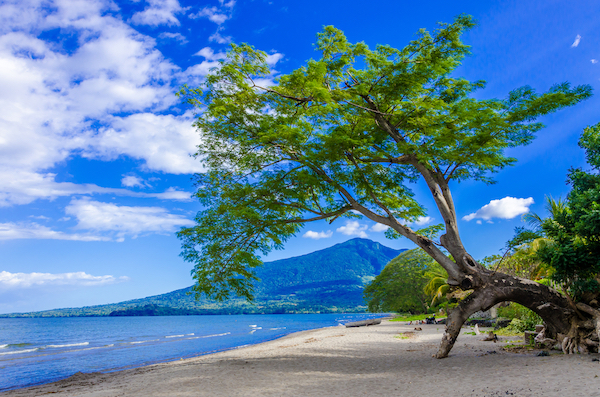 Nicaragua Nicaragua |
Useful Resources for Central America Facts
- Statista. "Population of Central America". Statista. Last accessed 25 September 2025
- Central Intelligence Agency. "Central America and the Caribbean." WorldFactBook. Last updated 17 September 2025. Last accessed 25 September 2025
- Global Volcanism Program. "Tajumulco." Smithsonian Institute. Last accessed 30 May 2024
- National Geographic. "World Atlas for Young Explorers". Washington: 2010. pages 86-92
- Millennium. "Earth Condensed - The World Atlas." Millennium House. 2009
Image Credits on Central America Facts page: Shutterstock.com and wikipedia commons
Return from Central America Facts to Kids-World-Travel-Guide Homepage
Central American countries size
